Top 10 techniques to generate google lead in 2023
Generate google lead is one of the most important aspects of any business. It’s also one that can be extremely difficult to do well, especially if you don’t have a lot of experience with digital marketing. In this article, we’re going to look at some techniques that can help generate leads on Google Ads.
Display Campaigns (google lead)

Display campaigns are used to show ads on different types of websites and apps. They can be used to reach people who are browsing the web, using apps and mobile devices.
Display campaigns help you reach a wider audience than other ad formats such as text ads or contextual ads because they allow you to target by age range, gender, location (country/city), interest categories,s and device type (desktop).
If you’re a business owner, here are 10 reasons why display campaigns may benefit your company. Display campaigns are a cost-effective way to reach new customers and increase brand awareness.
Keyword research(google lead)

The Keyword research is a very important step in the process of generating leads for your business. It helps you determine how many people are searching for the terms you want to use, and therefore, how much money you can make from them.
To begin with keyword research, it’s best if you have an idea about what type of product or service you will be offering before starting this process. This way, when looking up keywords related to those offerings, there won’t be any surprises waiting around the corner!
Once again: remember that although this guide covers 10 techniques—and even though these techniques are considered best practices—there are always exceptions possible depending on your industry niche or target audience (for example)
.The extension should be used (google lead)
Extensions are an amazing tool to help you with your ads in Google Ads. They can be used to:
- Increase conversions on your landing pages by using ad extensions that drive more traffic to them, like call-to-action buttons, forms, or video players.
- Create better ad copy that matches your audience’s needs and interests with data from their past interactions with you (e.g., location).
- Use automated bidding strategies for optimal performance based on the type of device being used by visitors to your site (desktop vs mobile).
Track the right metrics
When you’re trying to figure out how your ad is performing, it’s important to track the right metrics. If a user clicks on one of your ads but never engages with it again. That’s not a great metric for success (and will probably hurt your CTR in the long run).
That said if a user does click and then starts engaging with content later on. This could be an indicator of potential interest in other content from your brand or company.
Metrics should help drive decisions about future campaigns: What mix of keywords are most effective?
Which audiences are most likely to convert?
How much time should we spend running ads for each keyword?
Which phone numbers do we need to call when making calls via Google Ads?
Analyze your competition
- Analyze your competitor’s ads: The first step in any lead generation strategy is to analyze the competition,
- so you can determine what works for them. What keywords are they targeting? How much traffic do they get?
- What do their landing pages look and feel like compared to yours?
- This information will help guide your efforts in creating an effective ad campaign that will generate leads for you.
- Analyze your competitors’ landing pages: Once you’ve analyzed all of this information about how well-known brands are performing on Google AdWords, it’s time to look at those same brands’ websites as well—
- and see if there are any opportunities beyond simply displaying an ad or banner link on their page that could help boost engagement or conversion rates.
- For example, maybe one of these companies has an amazing blog post series written by someone who knows something about SEO. Maybe one of them has a video series showing how easy it is for beginners (or even advanced users) to use their product.
- These types would be perfect candidates for adding to our content marketing efforts because they’re already structured around attracting new customers but still provide value within each piece.*
- Calculate traffic volumes: Do some quick math!
- How many visitors does each company receive per day?
- If we know this number, then we can compare it against other similar-sized companies like ourselves so we know which ones have higher traffic volumes than others – which means more opportunity for us too!
Customer segmenting for remarketing (google lead)
Customers can be segmented based on their interests, demographics, and behaviors. This will help you tailor your ads to them and serve them relevant ads. We can use this feature to ensure that your audience gets the best possible experience. When they are in front of your website or app.
use different bidding strategies to test which will work best
Bidding strategies are a way of determining how much you’re willing to pay for each click on your ad. You can choose from one of three options: CPM (cost per thousand). CPC (cost per click), or CPA (cost per action). Each strategy has its advantages and disadvantages, so it’s important to understand the differences between them.
The most common types of bidding strategies are:
- CPM – Cost-per-thousand impressions
- CPC–Cost-per-click This is where advertisers pay only when someone clicks through their ad, rather than when they view more than one page of content before clicking away from it.
- If someone is interested in your product but doesn’t have time right now, seeing several pages may be too much information for them; therefore, they would rather skip over those ads entirely than spend money on them if nothing happens after clicking through once!
Create manual campaigns
In the world of Google Ads, there are many ways to get leads. For example, we can use manual campaigns and create different bidding strategies for each campaign. You can also create different ads for each landing page and add extensions such as satellite links-to-action buttons.
We can also use different aid groups as well as add-ons like text links or videos to your ads to improve. Their performance on search results pages (SERPs).
A great way of doing this is by creating a new campaign based on keywords that have been found relevant by users. Who was searching for those terms at those times in history when they were used most often online? When people were searching for information about buying houses or apartments;
When they wanted information about where they could find apartments near airports; etc…
Conclusion
After reading this blog, you should be able to put some of these techniques into practice. Try them out for yourself and see how effective they are!


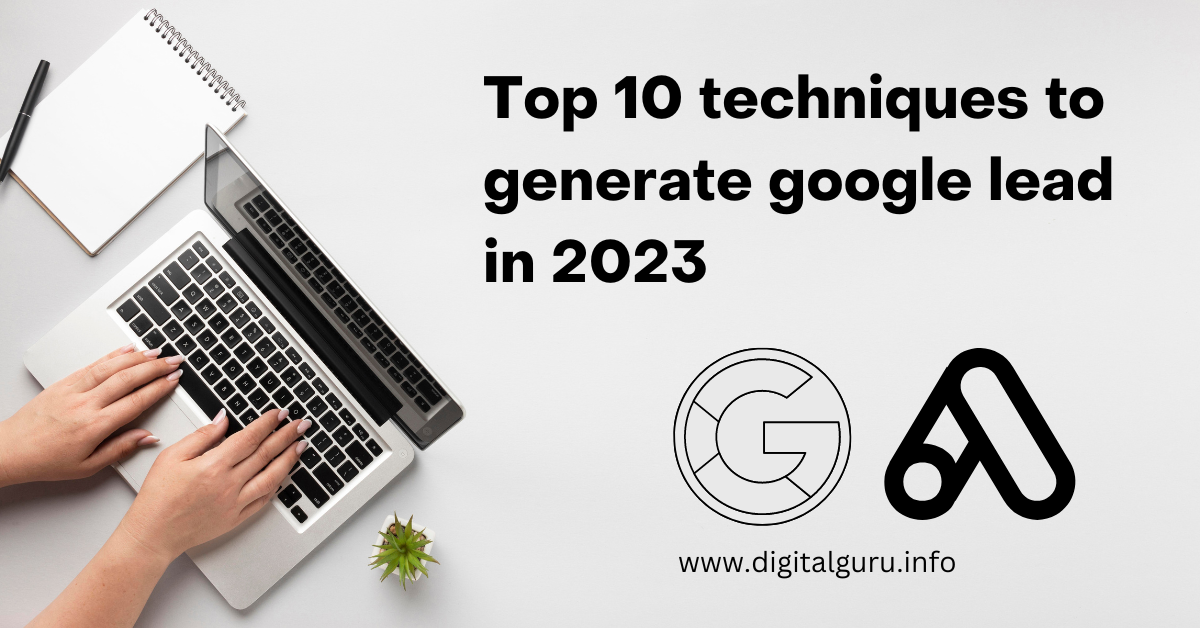
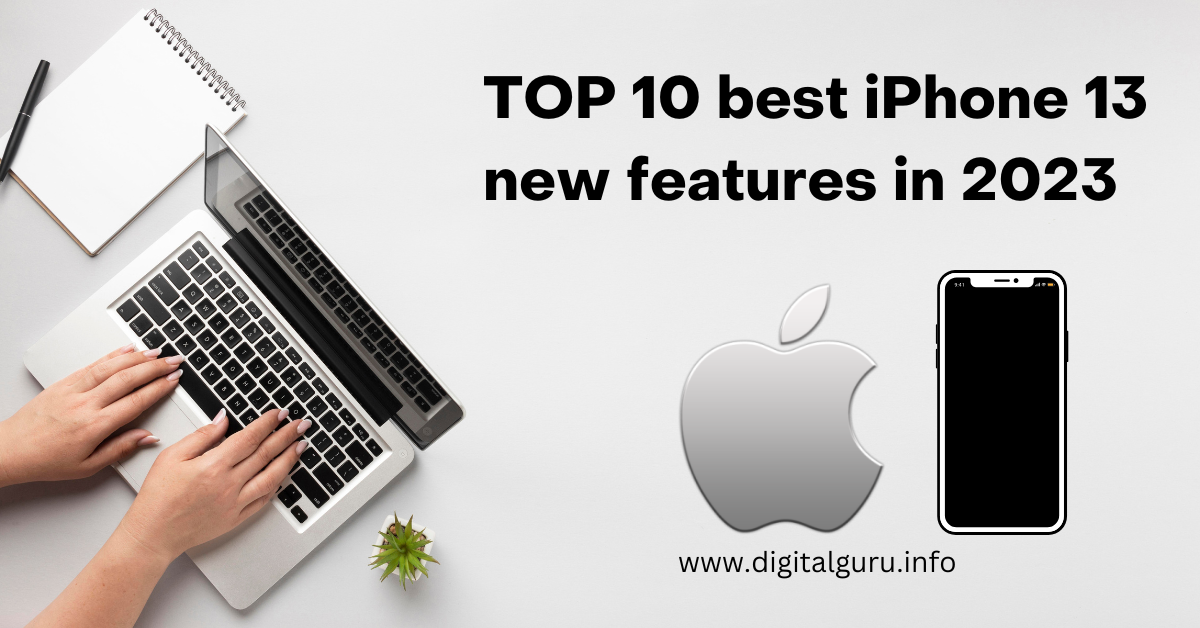



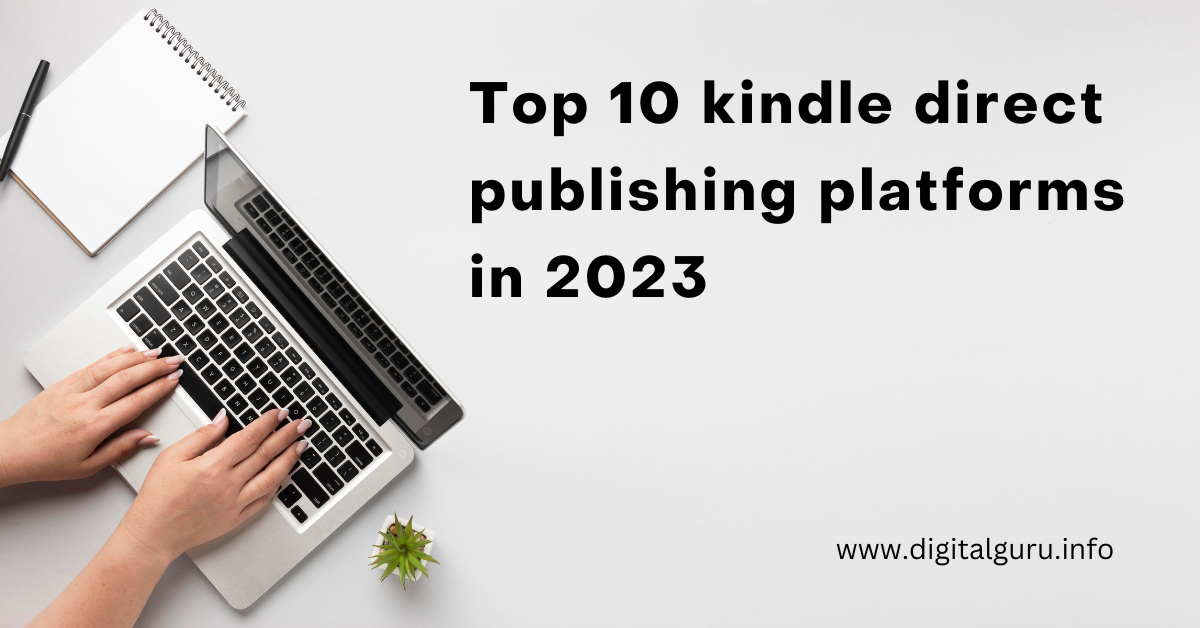
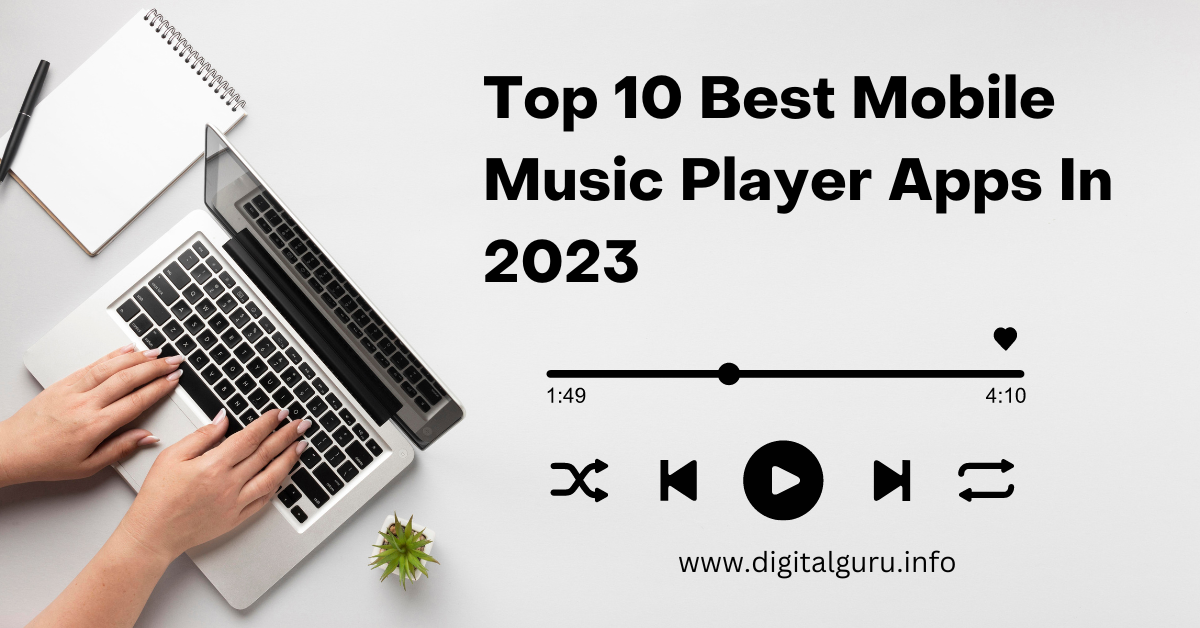

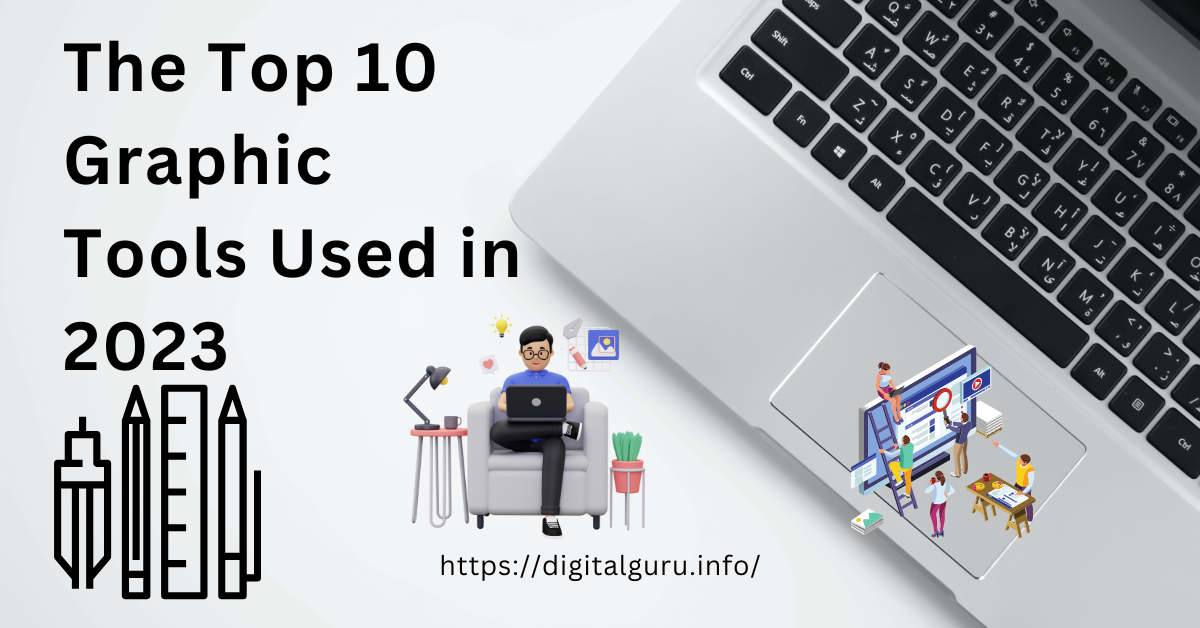

Leave a Reply